Blog | DDA Mortgage
Mortgage News and Advice
Click on any of our videos below to learn more about your mortgage process. Subscribe to our blog and get notified of new videos.
Subscribe
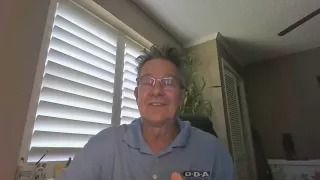
When you're buying a home, it's not just about affording the purchase price or down payment. You’ve got closing costs, moving expenses, and all the “surprise” things that come up after you move in — like needing a new appliance, fixing a plumbing issue, or just furnishing the place. Keeping some cash reserves is smart. A good rule of thumb is to have at least 3-6 months of living expenses saved after the purchase, just in case life throws a curveball. Are you thinking about buying soon or just planning ahead? tune in and learn https://www.ddamortgage.com/blog didier malagies nmls#212566 dda mortgage nmls#324329

Wade Pfau, a leading voice in retirement income planning, has long advocated for the strategic use of reverse mortgages —and current market volatility could reignite interest in this often misunderstood tool. 🔁 Why Market Volatility Renews Reverse Mortgage Talks In times of market downturn, retirees face sequence of returns risk , meaning early losses can severely impact the longevity of their portfolio. Pfau suggests that reverse mortgages , particularly Home Equity Conversion Mortgages (HECMs) , can act as a buffer asset to avoid selling investments at a loss. Here's how: During market dips , retirees can pull funds from a reverse mortgage line of credit instead of their investment accounts. This gives their portfolios time to recover before resuming withdrawals. Result : More sustainable income and potentially greater long-term financial security. 🧠 Shift in Strategy: Not Just a Last Resort Pfau argues that reverse mortgages should be considered early in retirement planning , not just as a last-ditch effort: Opening a HECM line of credit early can grow over time due to the compounding credit line. Provides flexibility and tax-efficient access to funds. Helps retirees coordinate income sources between portfolio withdrawals, Social Security, and home equity. 👓 Changing Advisor Perspectives Financial advisors—previously skeptical—are beginning to see reverse mortgages in a new light: Volatile markets have prompted a more open-minded view among planners. More are incorporating reverse mortgages into holistic retirement income strategies . Bottom line : Market volatility doesn’t just threaten retirement—it also opens the door to rethinking traditional strategies . As Pfau puts it, home equity is too significant a resource to overlook, and when used wisely, reverse mortgages can enhance retirement resilience

Are you a salaried employee, hourly, self-employed, or a contractor? Do you receive bonuses, commissions, or overtime? How consistent is that income? Can you provide recent pay stubs, W-2s, or tax returns? Self-Employment (if applicable): How long have you been self-employed? Can you provide two years of business tax returns and profit/loss statements? 🔹 Funds to Close Questions Lenders want to confirm you have enough money to cover the down payment, closing costs, and reserves. Questions may include: Source of Funds: How much money do you have saved for the down payment and closing costs? Where are these funds coming from (savings, checking, retirement account, gift, etc.)? Are you receiving any gift funds? If so, from whom? Asset Documentation: Can you provide bank statements from the past 2–3 months? Are there any large or unusual deposits? Can you explain them? Reserves: Do you have additional savings left after closing (reserves)? Can you show evidence of other assets (stocks, bonds, retirement)? tune in and learn https://www.ddamortgage.com/blog didier malagies nmls#212566 dda mortgage nmls#324329
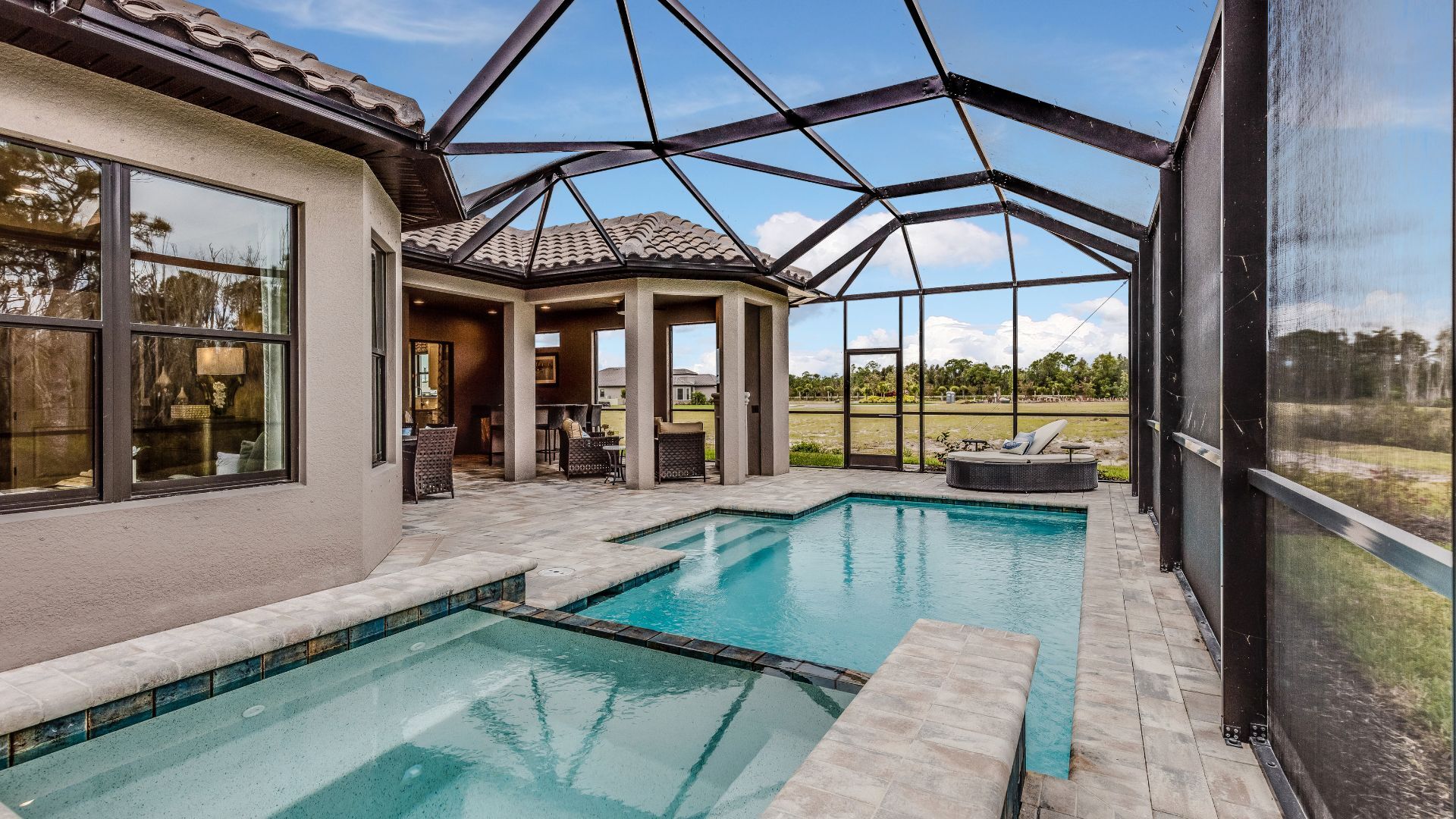
Yes, the reverse mortgage market is projected to experience growth in 2025. Analyses indicate that the market size will increase from $1.79 billion in 2024 to $1.92 billion in 2025, reflecting a compound annual growth rate ( A reverse mortgage can be a useful financial tool for certain homeowners, especially older adults looking to access home equity without selling their home. Here are the key benefits of a reverse mortgage: 🏡 1. Access to Home Equity Without Selling You can tap into your home's equity and receive funds as a lump sum , monthly payments , or a line of credit , without having to sell your home or move out. 👴 2. No Monthly Mortgage Payments Unlike a traditional mortgage, you don’t make monthly payments . Instead, the loan is repaid when you sell the home, move out permanently, or pass away. 💵 3. Flexible Payout Options You can choose how to receive the funds: Lump sum Monthly payments (tenure or term) Line of credit Or a combination This flexibility helps match your financial needs. ✅ 4. Stays in Your Name You retain ownership of your home, and as long as you meet the loan requirements (like maintaining the home and paying property taxes/insurance), you can continue to live there. 🛡️ 5. Non-Recourse Loan You (or your heirs) will never owe more than the home is worth . If the home’s value drops below the loan balance, the FHA insurance (if it's a HECM—Home Equity Conversion Mortgage) covers the difference. 👨👩👧👦 6. Heirs Have Options When you pass away, your heirs can: Repay the loan and keep the home Sell the home and keep any remaining equity Walk away if the loan balance exceeds the home’s value 💰 7. Supplement Retirement Income Reverse mortgages can provide a source of income during retirement, helping cover expenses, delay Social Security, or preserve investments. Would you like a quick rundown of the downsides too, just so you have the full picture?
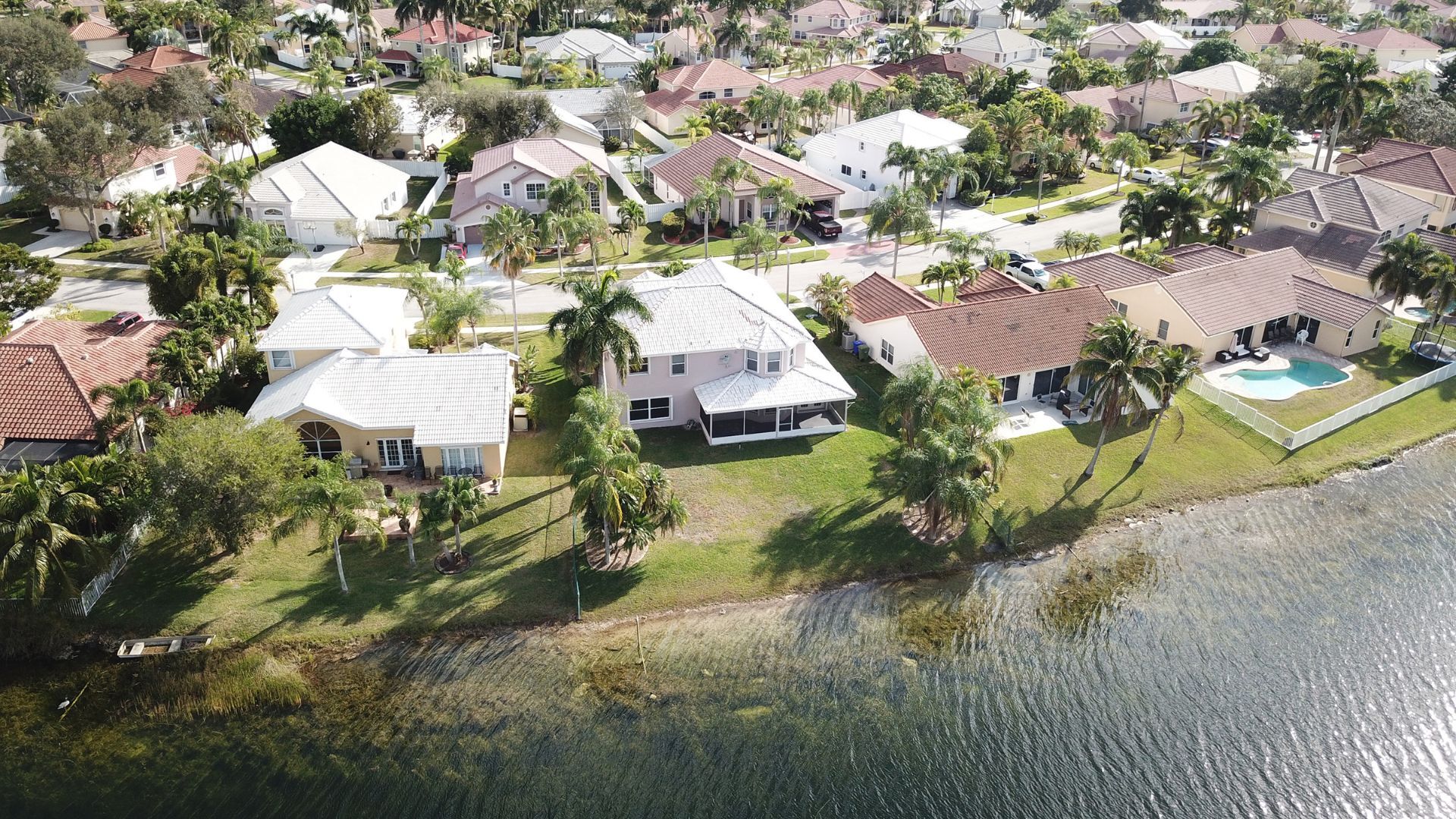
Yes, the reverse mortgage market is projected to experience growth in 2025. Analyses indicate that the market size will increase from $1.79 billion in 2024 to $1.92 billion in 2025, reflecting a compound annual growth rate (CAGR) of 7.6%. Several factors contribute to this anticipated growth: Higher Lending Limits : The Federal Housing Administration (FHA) has raised the Home Equity Conversion Mortgage (HECM) lending limit to $1,209,750 for 2025, up from $1,149,825 in 2024. This increase enables homeowners with higher-valued properties to access more equity. MLS Reverse Mortgag e Industry Collaboration : Reverse mortgage professionals are enhancing outreach efforts to collaborate with traditional mortgage sectors and related industries. This strategy aims to expand distribution channels and increase product awareness among potential borrowers. HousingWire Demographic Trends : As the population ages, more seniors are exploring financial solutions like reverse mortgages to support their retirement, contributing to market expansion. While these factors suggest a positive trajectory for reverse mortgages in 2025, it's essential for potential borrowers to assess their individual financial situations and consult with financial advisors to determine if this option aligns with their retirement goals. Reverse Mortgage Market Poised for Growth in 2025
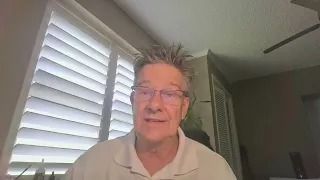
Break-Even Point: Calculate how long it will take for your monthly savings to offset the closing costs associated with refinancing. If you plan to stay in your home beyond this break-even period, refinancing could be advantageous. Bankrate Loan Term Adjustment: Refinancing provides an opportunity to modify your loan term. For instance, switching from a 30-year to a 15-year mortgage can lead to significant interest savings over time, though it may increase your monthly payments. Credit Score and Debt-to-Income Ratio: Lenders assess these factors when determining your eligibility and interest rate for refinancing. A higher credit score and a lower debt-to-income ratio can secure more favorable terms. Market Outlook: Experts predict that mortgage rates may continue to decline slightly throughout 2025. For example, Fannie Mae forecasts the 30-year fixed mortgage rate to average 6.2% in the final quarter of 2024, with a further decrease to 6% in the first quarter of 2025. However, these projections are subject to change based on economic conditions and Federal Reserve policies. Next Steps: Assess Your Current Mortgage: Review your existing loan terms, interest rate, and remaining balance. Compare Offers: Obtain quotes from multiple lenders to ensure you're getting the best possible rate and terms. Consult a Financial Advisor: Seek personalized advice to determine if refinancing aligns with your financial goals and circumstances. In summary, refinancing can be a strategic move to reduce your mortgage payments and total interest costs. However, it's essential to carefully evaluate the associated costs and your long-term plans to ensure they align with your financial objectives. tune in and learn https://www.ddamortgage.com/blog didier malagies nmls#212566 dda mortgage nmls#324329
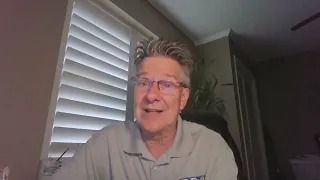
1. FHA Loan (Federal Housing Administration Loan) Credit Score Requirement: As low as 500 (with 10% down) or 580+ (with 3.5% down). Best For: First-time homebuyers and those with lower credit. Pros: Low down payment, flexible credit requirements. Cons: Requires mortgage insurance premiums (MIP). 2. VA Loan (Veterans Affairs Loan) (For eligible military members & veterans) Credit Score Requirement: No official minimum, but lenders may require 580-620+. Best For: Veterans, active-duty military, and qualifying spouses. Pros: No down payment, no private mortgage insurance (PMI), competitive interest rates. Cons: VA funding fee required. 3. USDA Loan (United States Department of Agriculture Loan) Credit Score Requirement: 580+ preferred, some lenders may allow lower. Best For: Buyers in rural or suburban areas with low-to-moderate income. Pros: No down payment, lower mortgage insurance costs. Cons: Must meet income and location eligibility. 4. Subprime or Non-Qualified Mortgage (Non-QM Loans) Credit Score Requirement: 500-620+ (varies by lender). Best For: Borrowers who don’t qualify for conventional loans. Pros: Flexible underwriting standards, alternative income verification. Cons: Higher interest rates and fees. 5. Conventional Loan (With a Non-Traditional Lender) Credit Score Requirement: Typically 620+, but some lenders allow lower with compensating factors. Best For: Borrowers with a higher down payment or strong income history. Pros: No upfront mortgage insurance if you put 20% down. Cons: Stricter credit requirements, PMI required if <20% down. Tips to Improve Mortgage Approval with Low Credit Increase your down payment (higher down payments can offset low credit). Work on improving your credit score before applying. Look for lenders specializing in low-credit borrowers. Consider a co-signer or joint application with someone with better credit. tune in and learn https://www.ddamortgage.com/blog didier malagies nmls#212566 dda mortgage nmls#324329 I
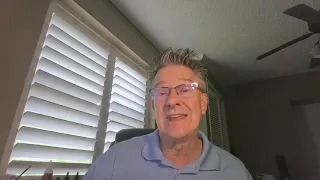
The difference between warrantable and non-warrantable condos primarily relates to whether a condominium project meets the eligibility requirements set by Fannie Mae, Freddie Mac, or other government-backed entities like the FHA (Federal Housing Administration) and VA (Veterans Affairs). These classifications impact the availability of financing for buyers. Warrantable Condos A warrantable condo meets the lending guidelines set by Fannie Mae and Freddie Mac, making it easier for buyers to secure conventional financing. To be considered warrantable, a condo project typically must meet the following criteria: Owner-Occupancy Ratio – At least 50% of the units must be owner-occupied or second homes (not rentals or investment properties). HOA Financial Health – The homeowners' association (HOA) must have sufficient budget reserves (at least 10% of the annual budget). No Litigation – The condo project must not be involved in major litigation that could affect its financial stability. Commercial Space Limits – No more than 35% of the building can be used for commercial purposes (like retail or office spaces). Single-Entity Ownership Limits – No single entity (like an investor or company) can own more than 20% of the total units. Project Completion – The development must be fully completed (not under construction or in a phased build-out). Non-Warrantable Condos A non-warrantable condo does not meet one or more of the guidelines above, making it riskier for lenders and harder for buyers to secure traditional financing. Common reasons a condo is considered non-warrantable include: A high percentage of investment units (e.g., more than 50% of units are rented out). The HOA has low reserves or is financially unstable. The condo is involved in litigation, especially if it affects safety or structural integrity. A single investor owns too many units (e.g., one person owns more than 20%). Excessive commercial space within the building. The condo is in a new development or still under construction. Financing Differences Warrantable condos qualify for conventional loans backed by Fannie Mae and Freddie Mac, often with lower interest rates. Non-warrantable condos may require portfolio loans, jumbo loans, or non-traditional lending with higher interest rates, larger down payments, and more stringent requirements. Why It Matters If you're buying, a warrantable condo is easier to finance with better loan options. If you're selling, having a warrantable condo increases the pool of potential buyers. If you're an investor, a non-warrantable condo might provide rental income opportunities but may require cash or specialized financing. Tune in and learn at https://www.ddamortgage.com/blog didier malagies nmls#212566 dda mortgage nmls#324329
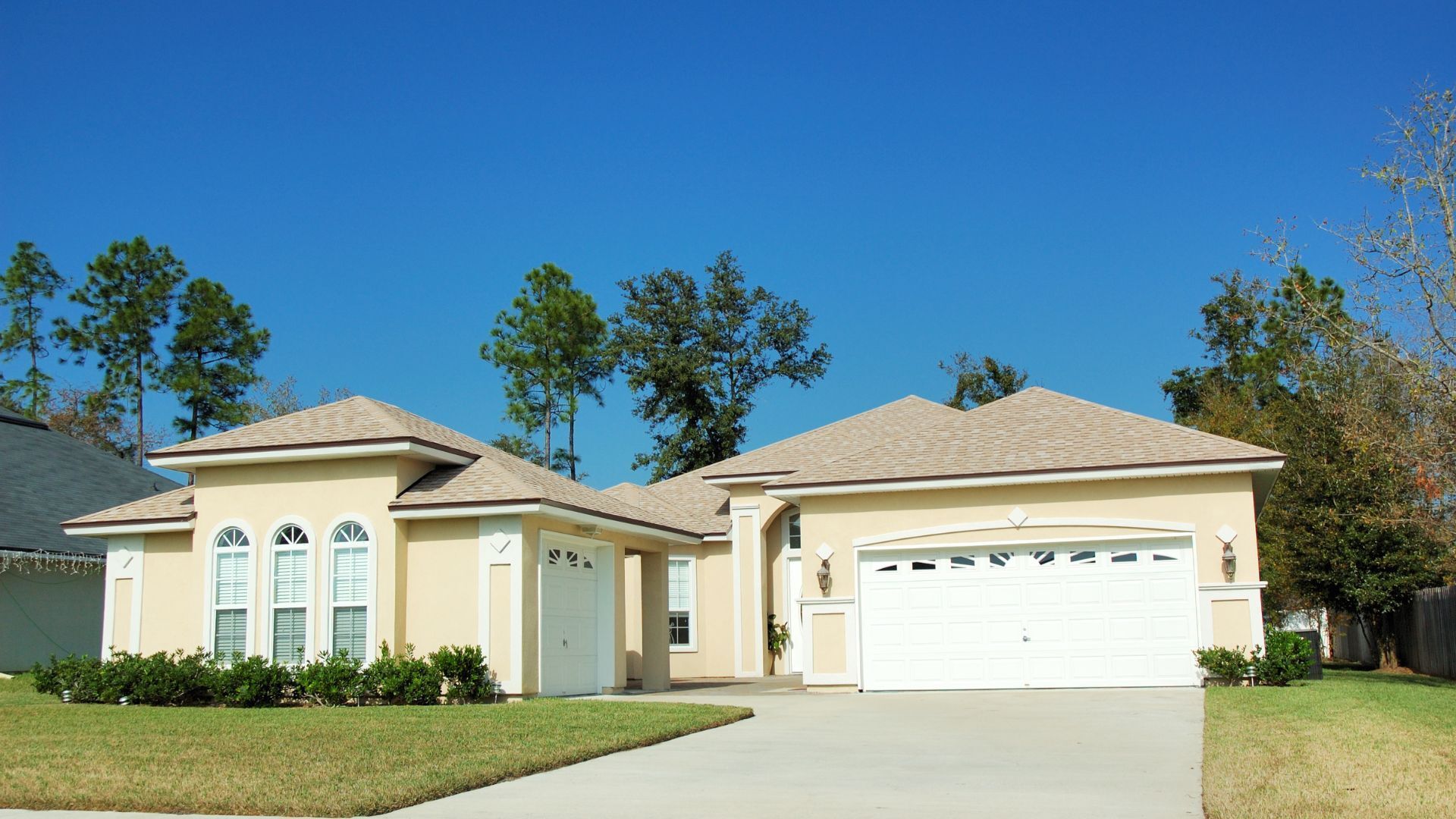
On March 19, 2025, the Federal Reserve announced that it would maintain the federal funds rate within the existing range of 4.25% to 4.50%. This decision reflects the central bank's cautious approach amid heightened economic uncertainties, particularly those arising from recent tariff implementations. The Fed's updated projections indicate a downward revision in economic growth, with the 2025 GDP forecast adjusted from 2.1% to 1.7%. Concurrently, inflation expectations have been raised to 2.7%, primarily due to the impact of tariffs. Fed Chair Jerome Powell emphasized the challenges posed by these trade policies, noting that tariffs contribute to higher inflation and dampen economic growth. Despite these adjustments, the Fed anticipates implementing two 25-basis-point rate cuts later this year, contingent upon evolving economic conditions. The next Federal Open Market Committee meeting is scheduled for May 6-7, during which policymakers will reassess the economic landscape and adjust monetary policy as necessar Financial markets responded positively to the Fed's announcement. Major indices, including the Dow Jones Industrial Average, S&P 500, and Nasdaq, experienced gains, reflecting investor optimism regarding the central bank's measured stance. In summary, the Federal Reserve's decision to keep interest rates steady underscores its commitment to navigating economic uncertainties with a balanced approach, aiming to foster sustainable growth while keeping inflation in check. Business Insider


